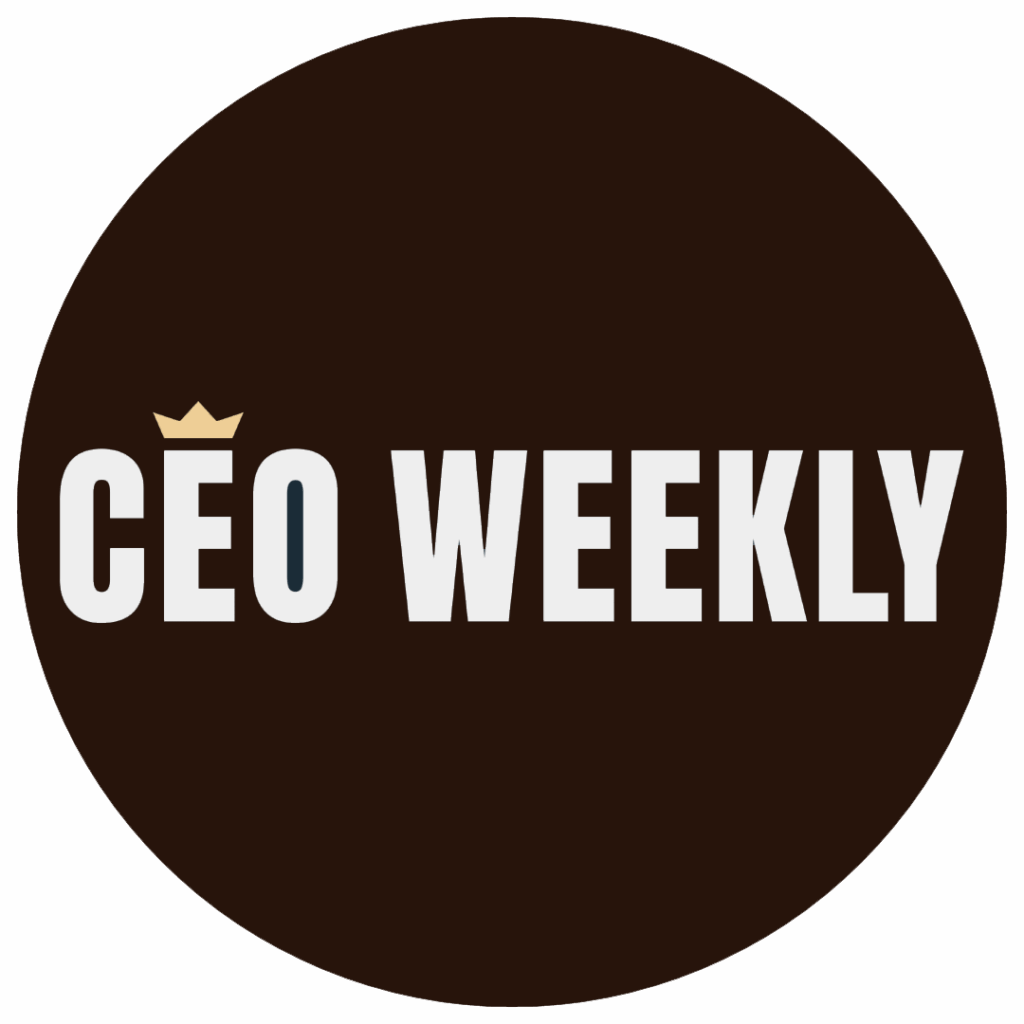The media landscape is undergoing a radical transformation. Driven by digital disruption, evolving market structures, regulatory changes, shifting audience behaviors, and dynamic financial trends, media ownership is changing rapidly. High-authority sources consistently report that new market conditions are forcing traditional media players to reinvent themselves, while new digital entities emerge to challenge the status quo. This article explores the multifaceted factors behind the transformation in media ownership and examines how each element is reshaping the industry.
Read also: How Policies Influence Export Support
Digital Disruption and Technological Innovation
One of the most significant drivers of change in media ownership is digital disruption. The rapid advancement of technology has redefined how content is created, distributed, and consumed. The rise of streaming services and over-the-top (OTT) platforms has accelerated the shift from traditional broadcast models to digital-first content delivery. Consumers increasingly prefer on-demand access to video, music, and news, reducing reliance on scheduled programming. This shift has forced traditional broadcasters to reconsider their business models and invest in digital transformation strategies.
Data analytics and artificial intelligence (AI) further enhance this transformation. Media companies now use sophisticated algorithms to personalize content and target audiences more effectively. Enhanced content recommendation systems and real-time analytics enable companies to tailor advertising strategies and improve user engagement. Social media platforms, too, have become integral to content distribution, driving cross-platform integration and enabling direct-to-consumer strategies. These technological innovations have created an ecosystem where digital platforms often outpace legacy media in terms of reach and revenue potential.
Market Structure and Competitive Dynamics
Changing market conditions have altered the structure of the media industry. Increased competition and technological advancements have led to a wave of mergers and acquisitions, resulting in greater industry consolidation. Large media conglomerates are acquiring smaller, niche digital media outlets to expand their market share and diversify their revenue streams. Cross-industry deals, particularly those between technology and media firms, are becoming more common, further blurring the lines between traditional media and digital technology companies.
At the same time, the market is experiencing a dual trend of aggregation and fragmentation. While consolidation has led to the creation of vast media empires, a parallel trend sees the rise of independent niche outlets that cater to specific audiences. This fragmentation is fueled by the digital revolution, which lowers the barriers to entry for new players. Consequently, media owners must navigate a complex environment where both large-scale operations and specialized digital channels coexist.
Revenue models in the media sector are also evolving. Traditional advertising revenue, once the mainstay of media companies, is giving way to subscription-based models and diversified revenue streams that include merchandising, licensing, and performance-based advertising. This evolution in revenue models compels media companies to rethink their strategies to maximize profitability while adapting to rapidly changing consumer preferences.
Regulatory and Policy Shifts
Regulatory and policy shifts play a crucial role in the transformation of media ownership. Governments worldwide are revisiting antitrust laws and media ownership rules to address concerns about market concentration and ensure a diverse media ecosystem. Increased regulatory scrutiny on large conglomerates has led to debates on whether existing policies adequately protect pluralism and fair competition.
Changes in broadcast and digital ownership limits have prompted policy debates over media diversity. Some regulators advocate for more stringent rules to prevent monopolistic practices, while others argue for a more relaxed approach that encourages market innovation. Global trade policies and international digital standards also impact media ownership. Harmonization of digital media regulations and the protection of intellectual property rights are essential for fostering a competitive environment that allows both traditional and digital media companies to thrive.
These regulatory changes can either hinder or accelerate transformation, depending on how they are implemented. A balanced regulatory framework that encourages innovation while safeguarding diversity and fair competition is critical for the sustainable evolution of media ownership.
Audience Behavior and Consumer Trends
The transformation in media ownership is closely linked to evolving audience behavior. Today’s consumers favor on-demand and mobile-first content over traditional broadcast formats. With the rise of digital platforms, audiences are increasingly engaging with content that is personalized and delivered in real time. This shift in consumption patterns forces media companies to adapt their content strategies to meet the demands of a digitally savvy audience.
Advertising strategies have also evolved. Traditional advertising revenue is declining as advertisers shift their budgets to digital channels. Native advertising, influencer marketing, and data-driven ad campaigns are becoming the norm. As advertisers seek more effective ways to reach targeted audiences, media companies must innovate to maintain their revenue streams. The ability to integrate social media as a key distribution channel has further amplified audience interactivity and engagement, making it easier for companies to build loyal, community-driven audiences.
The change in audience behavior creates both opportunities and challenges. While the demand for personalized content drives digital growth, it also increases pressure on media owners to continuously innovate and stay ahead of shifting trends. Media companies must leverage audience data and analytics to understand consumer preferences and tailor their offerings accordingly.
Financial and Investment Trends
Financial and investment trends are also reshaping media ownership. Venture capital and private equity investors are increasingly attracted to digital media startups and tech-driven content platforms. Significant capital flows into the media sector are fueling the growth of innovative digital companies, while traditional media firms are forced to adapt to remain competitive.
Changing market valuations reflect the disruptive impact of technology on traditional media assets. New metrics are emerging to value digital and streaming assets, often resulting in a reassessment of the worth of legacy media companies. As investors prioritize growth and scalability, there is a growing emphasis on operational efficiency and cost reduction. Media companies are investing in technology to streamline operations, reduce overhead, and improve profitability in an increasingly competitive market.
The pressure to innovate and optimize cost structures drives strategic decision-making. Companies are exploring new revenue models and cost-cutting measures to remain attractive to investors. This dynamic investment landscape forces media owners to continuously evolve their strategies to secure funding and maintain a competitive edge.
Read also: The Strategic Restructuring That Comes with Leadership Transitions
Transformation in Content Creation and Distribution
The transformation in media ownership is not just about corporate consolidation and technological innovation; it also fundamentally changes how content is created and distributed. Content production has evolved dramatically, with a noticeable shift from high-budget, professionally produced media to more grassroots, influencer-driven content. This democratization of content creation enables a wider range of voices to be heard, while at the same time challenging traditional media norms.
New distribution channels have emerged, primarily driven by direct-to-consumer platforms and subscription-based models. Traditional broadcast channels are being integrated with digital ecosystems, providing consumers with seamless access to content across multiple devices. This convergence of distribution channels enables media companies to reach broader audiences and adapt quickly to changes in consumer behavior.
Globalization has also played a significant role. Media companies must now tailor their content for international markets, balancing global reach with localized relevance. Cultural tailoring and regional content strategies have become essential for competing in diverse markets, ensuring that content resonates with audiences around the world.
The transformation in content creation and distribution underscores the need for media owners to be agile and innovative. By embracing new technologies and adopting flexible content strategies, companies can better meet the demands of a rapidly changing market environment.
New market conditions are driving a profound transformation in media ownership. Digital disruption and technological innovation are at the forefront, enabling the rise of streaming platforms, advanced data analytics, and direct-to-consumer strategies that challenge traditional media models. At the same time, market structures are shifting as consolidation and fragmentation coexist, leading to evolving revenue models and competitive dynamics.
Regulatory and policy shifts further influence this transformation, as governments revisit antitrust laws and media ownership rules to ensure diversity and fair competition. Changing audience behaviors and consumer trends are redefining how content is consumed and how advertising is targeted, compelling media companies to innovate continuously. Financial and investment trends, marked by significant capital flows into digital media and the reassessment of market valuations, add another layer of complexity to this evolving landscape. Finally, the transformation in content creation and distribution highlights the importance of adapting to globalization and the digital age.
In this dynamic environment, media ownership is no longer a static concept but a fluid, evolving landscape shaped by numerous interrelated factors. For media companies to thrive, they must not only embrace digital transformation and technological innovation but also adapt their strategies to meet the demands of a global, digitally savvy audience. As new market conditions continue to emerge, the transformation in media ownership will likely accelerate, paving the way for a more diversified, resilient, and innovative media ecosystem.








